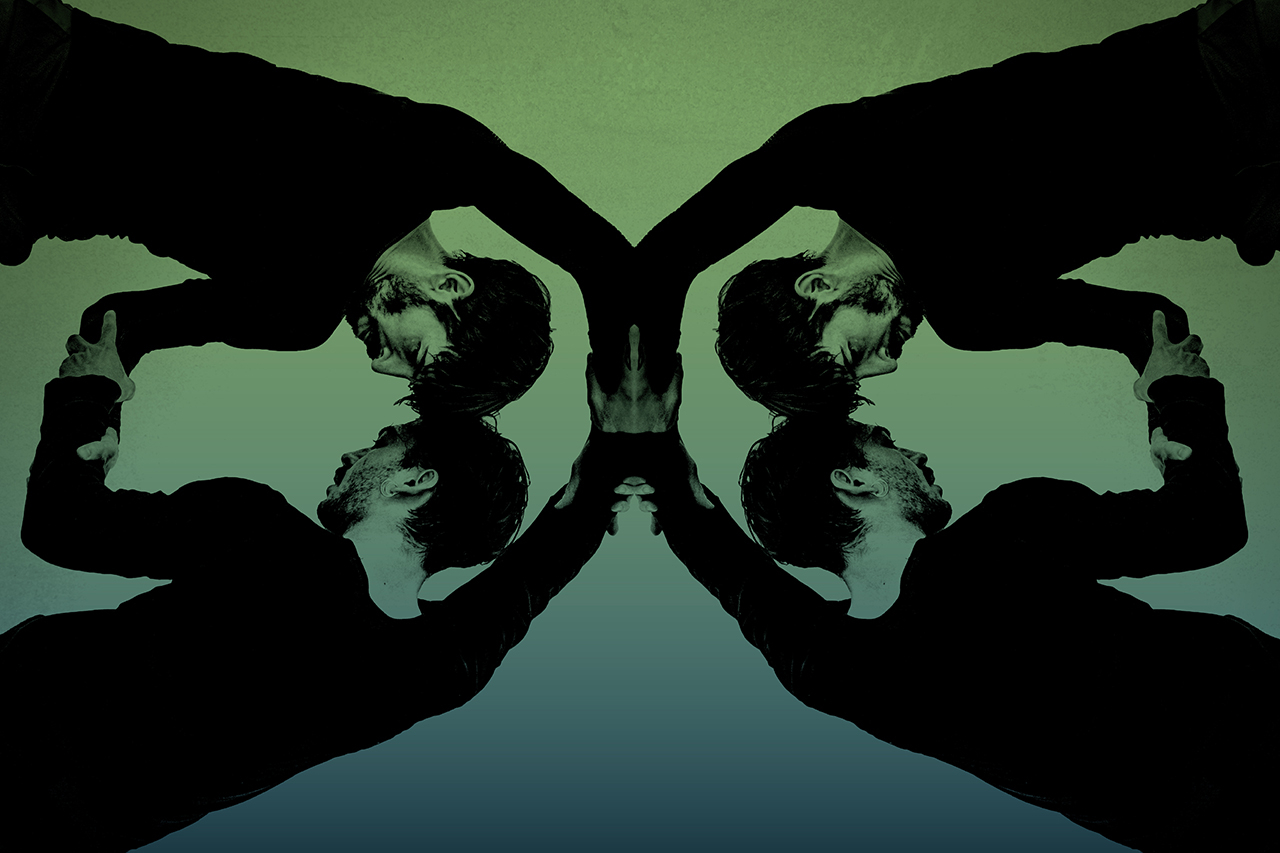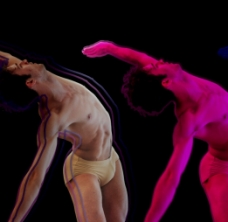After the successful presentation of the triptych Human Behaviour on the GNO Alternative Stage, the streaming platform GNO TV and the Danza ai Chiostri summer festival in Reggio Emilia, Italy, the Greek National Opera Ballet returns to the Alternative Stage with a new modern dance diptych, titled Human Nature. It is a special compilation of new works to choreographies by the �international� Greek choreographer Harris Gkekas, the Albanian Gentian Doda, and the GNO Ballet Director Konstantinos Rigos, which will be presented on the GNO Alternative Stage at the SNFCC for seven performances, on 12, 17, 18, 19, 22, 23, and 24 March 2023.
The modern dance triptych Human Nature picks up exactly where the previous production Human Behaviour had left off, and brings the ensemble's dancers face to face against the special requirements of a smaller scale and contemporary dance forms, concurrently highlighting the rhythmic and sensual qualities of new music compositions.
The new programme explores universal aspects of the human condition through the international language of the body while combining, at the same time, the impactful artistic signatures of two internationally distinguished choreographers: Harris Gkekas with his work Eclipse and Gentian Doda with his work The Hill, �to original music by two remarkable composers from their respective countries: the upcoming Apostolis Koutsogiannis in collaboration with the Oros Ensemble, and the established Çezar Aliaj. The triptych comes complete with Konstantinos Rigos' choreography�Lieder ohne Worte�to music by Dimitri Terzakis, which serves as a connective link between Human Behaviour and Human Nature, in its first live Greek premiere.
�
Eclipse
Acclaimed dancer, choreographer and founder of the dance company Strates Harris Gkekas lives and creates in France, having carved out a successful career both as a soloist with the �Lyon Opera Ballet and thanks to his collaborations with great artists. His new choreography Eclipse, for which he has also designed the set and costumes, is an erotic calling portraying the different stages of this irresistible urge, to music by Apostolis Koutsogiannis in collaboration with the Oros Ensemble. Speaking about the work the choreographer notes that: �When two persons come together, it is as if a work of art is completed, the most admirable form of communication of all. The steps of love lead us to evolve on a chemical, energy and spiritual level. As depicted in woodcut illustrations of 15th-century alchemists, erotic union has always been regarded as a path of transformation towards an ideal hermaphrodite. Following the warmth coming from the music of Apostolis Koutsogiannis, the dancers unfold this transformational process.� Engaging in a dialogue with desire on equal terms, they map the gracious circumstances that uplift the soul. An allegory for present-day society, which faces residues of toxicity every time some element prevails, and which ought to transform itself into a more equal and tolerant whole, defining the terms that suit it.�
�
Lieder ohne Worte
The GNO Ballet Director Konstantinos Rigos has based the choreography of the second part of this �alternative journey� on three works by acclaimed composer Dimitri Terzakis, inspired by the legacy of Greek antiquity and modern Greek history. The delicate composition Words in the Wind (2009) consists of ten short haikus for violin and piano, the work Resonance of Hell I for saxophone and piano (1992) reflects the composer's emotionally charged reaction to the unbearable memories of the German Occupation of Greece during his childhood, between the years 1941-1944, and the programme comes complete with the work for solo viola Songs Without Words (1994/2017), a glorification of melody, based upon the musical system of the antiquity: �To be able to render the most subtle melodic shades and the rapidly changing characters� notes the composer, �the performance of this composition can and should be vastly free, poetic, song-like, recitation-like, and - yes - 'old-fashioned', just like in ancient theatre.�
�
The Hill
Berlin-based distinguished Albanian dancer and choreographer Gentian Doda has carved out a remarkable career. In his first collaboration with the GNO Ballet he marks his stamp on the work The Hill based on music by his long-standing collaborator and compatriot César Aliaj, raising the question: How far is the past?�The idea for the work �The Hill� comes from an image described by the sculptor Alberto Giacometti (1901-1966) in his Writings: I saw myself in a strange clearing, a vaguely circular space [...], whose limits [...] were lost in an atmosphere that was dense and light at the same time, and very soft. All around me [...] small hills alternating in indefinable, whitish constructions [...]. But those hills, those constructions, were complex, surrounded by resonances, and I felt that they were gestures, sounds of voices, movements, stains, sensations from another era, far from each other in time [...]. Those sensations turned into objects existed simultaneously in the space around me and amazed me...
�
�








 �
�





